India is a land of diverse cultures and traditions, and its classical dance forms are a reflection of this rich cultural tapestry. These dance forms are not only a means of artistic expression but also serve as a window into the historical, religious, and social narratives of the Indian subcontinent. In this blog post, we will explore some of the prominent classical dance forms of India, delving into their origins, characteristics, and significance.
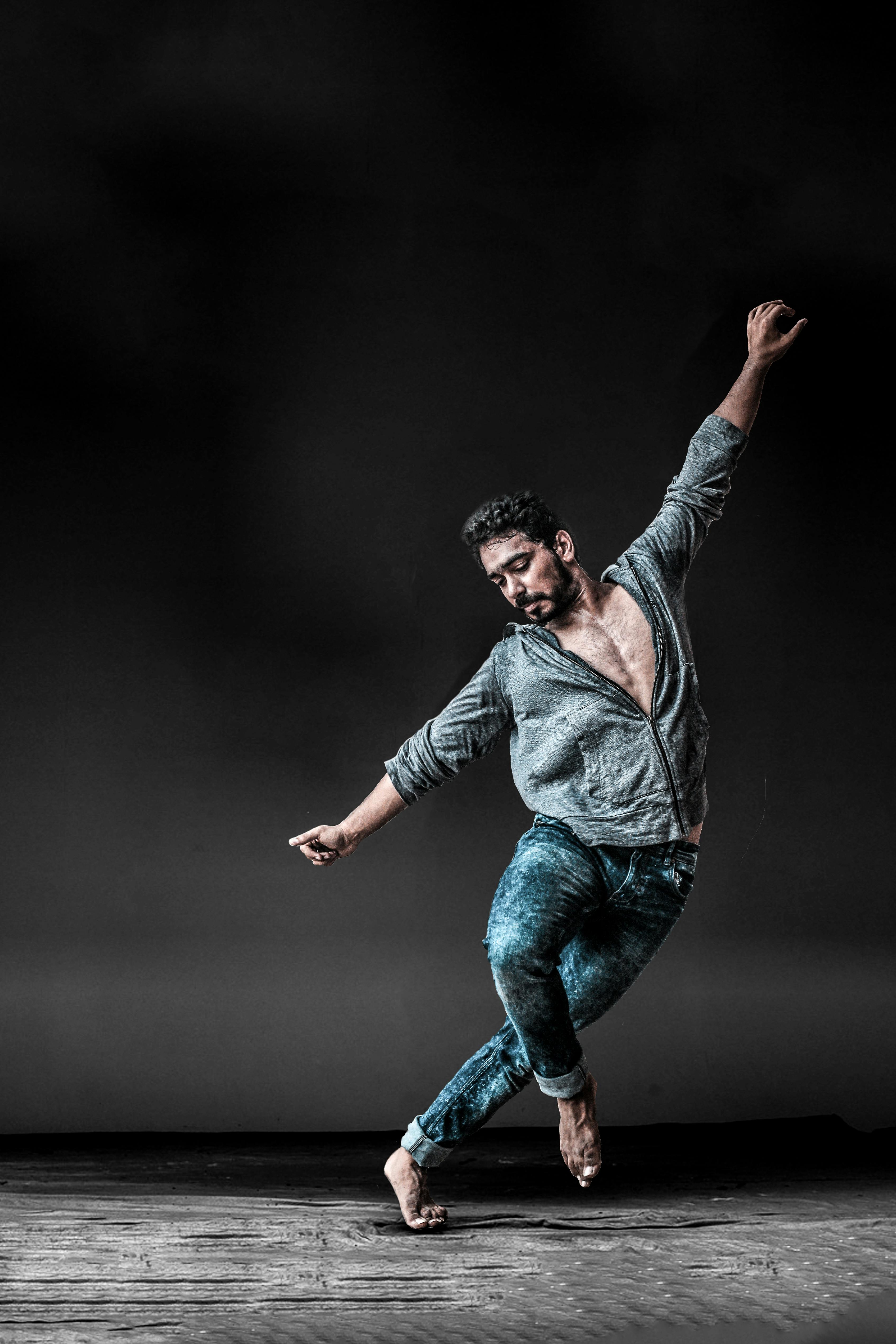
Overview of Indian Classical Dance
Indian classical dance encompasses a variety of styles, each with its own distinct characteristics, history, and cultural significance. Broadly, these dance forms can be categorized into two main genres: the Northern and the Southern traditions. Each dance form tells specific stories, rituals, and philosophies, intertwining the elements of music, drama, and expression.
Major Classical Dance Forms of India
Bharatanatyam
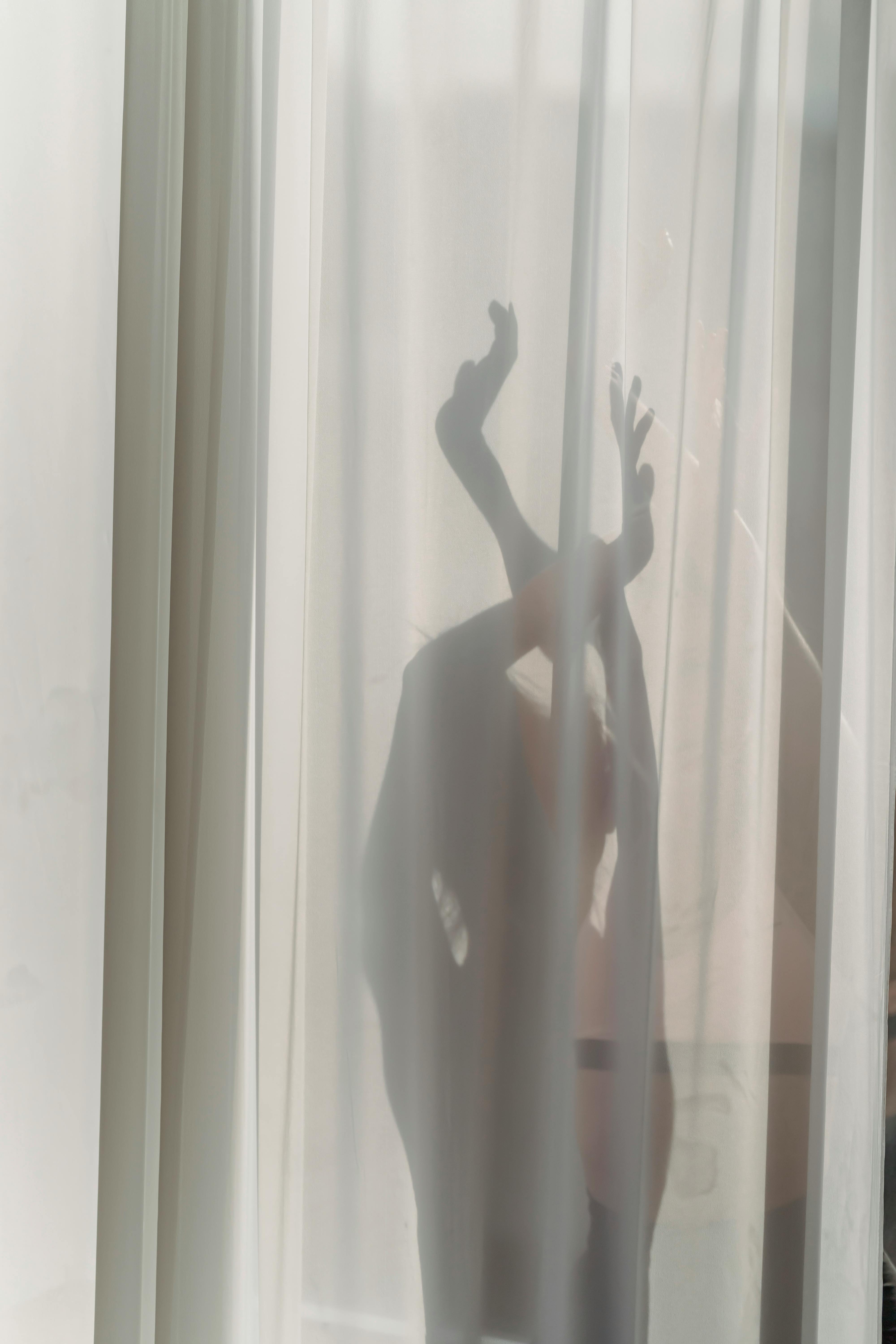
Bharatanatyam is one of the oldest classical dance forms from the Southern state of Tamil Nadu. Originating as a temple dance, it is characterized by intricate footwork, expressive hand gestures (mudras), and facial expressions (abhinaya). Dancers often portray stories from Hindu mythology, and the performance involves a blend of music, rhythm, and expression.
K Kathak
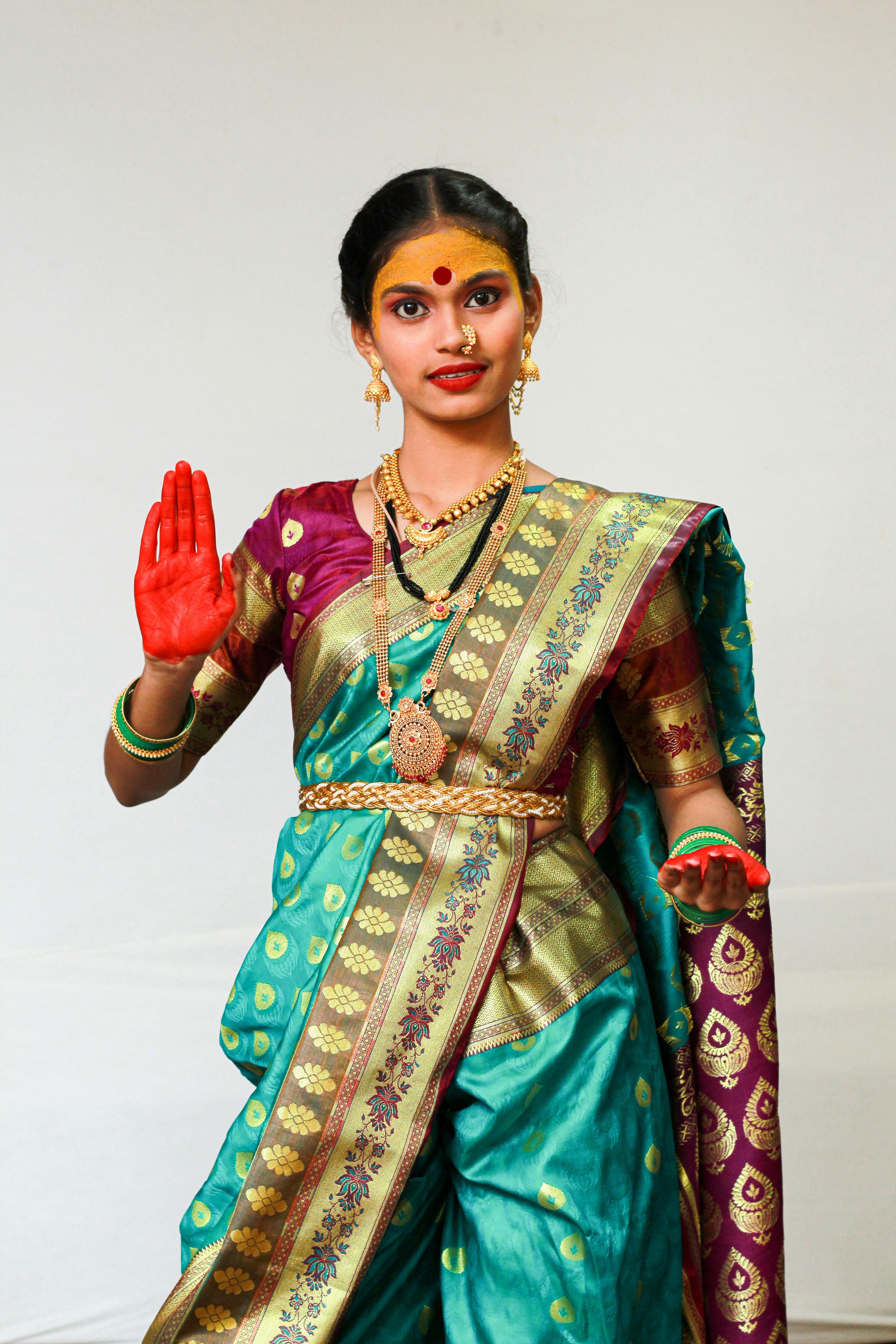
Kathak is a classical dance form from Northern India, especially prevalent in Uttar Pradesh. It is renowned for its graceful movements and storytelling aspects. Kathak performances often include intricate footwork, spins, and expressive gestures, often recounting tales from Indian epics. The dance is typically accompanied by Hindustani classical music.
Odissi
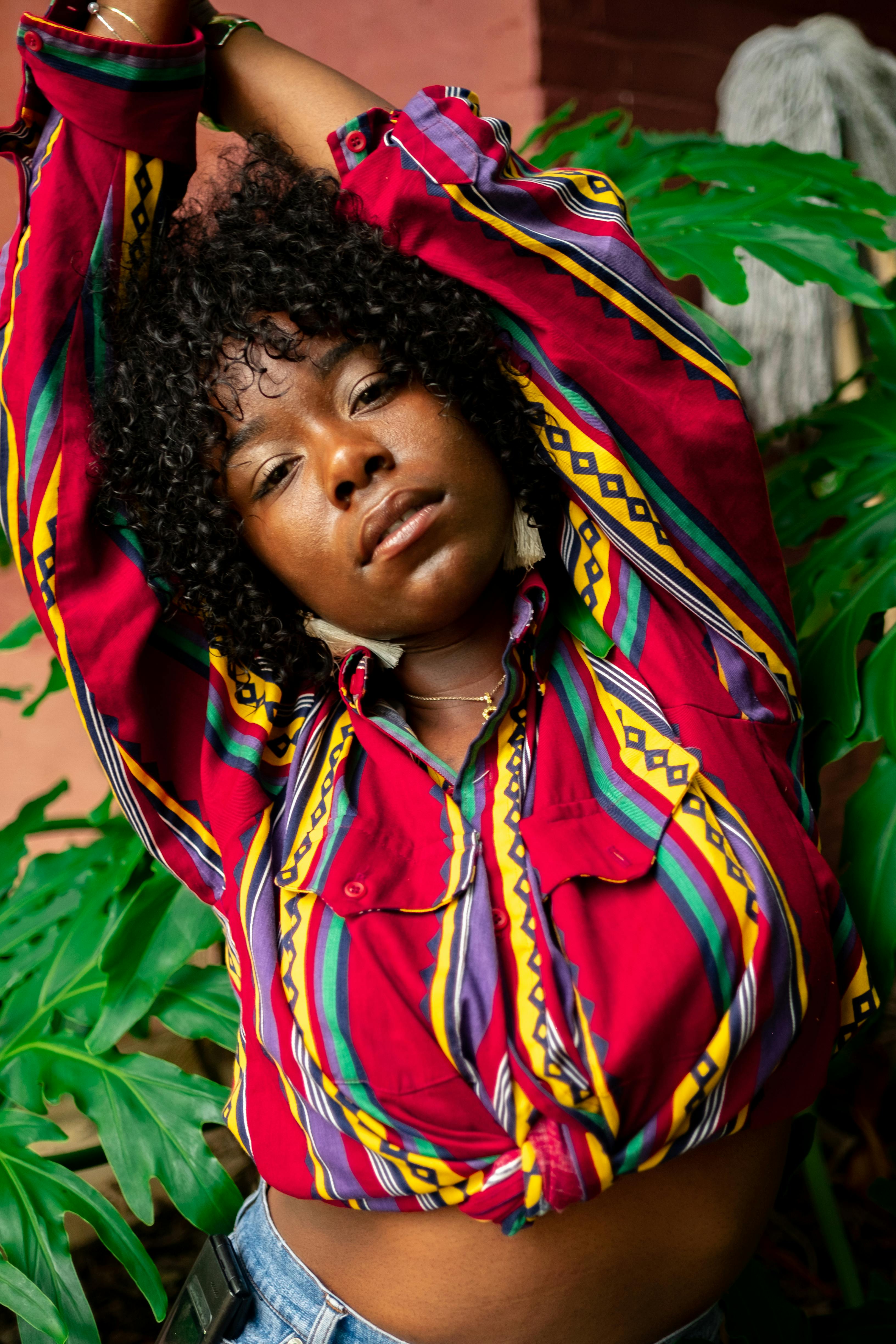
Originating from the temples of Odisha, Odissi is known for its fluid movements and lyrical grace. It is characterized by a unique posture called the ‘tribhangi’ and emphasizes the physical and spiritual connection between the dancer and the divine. Odissi performances often depict the love stories of Lord Krishna and Radha.
Manipuri
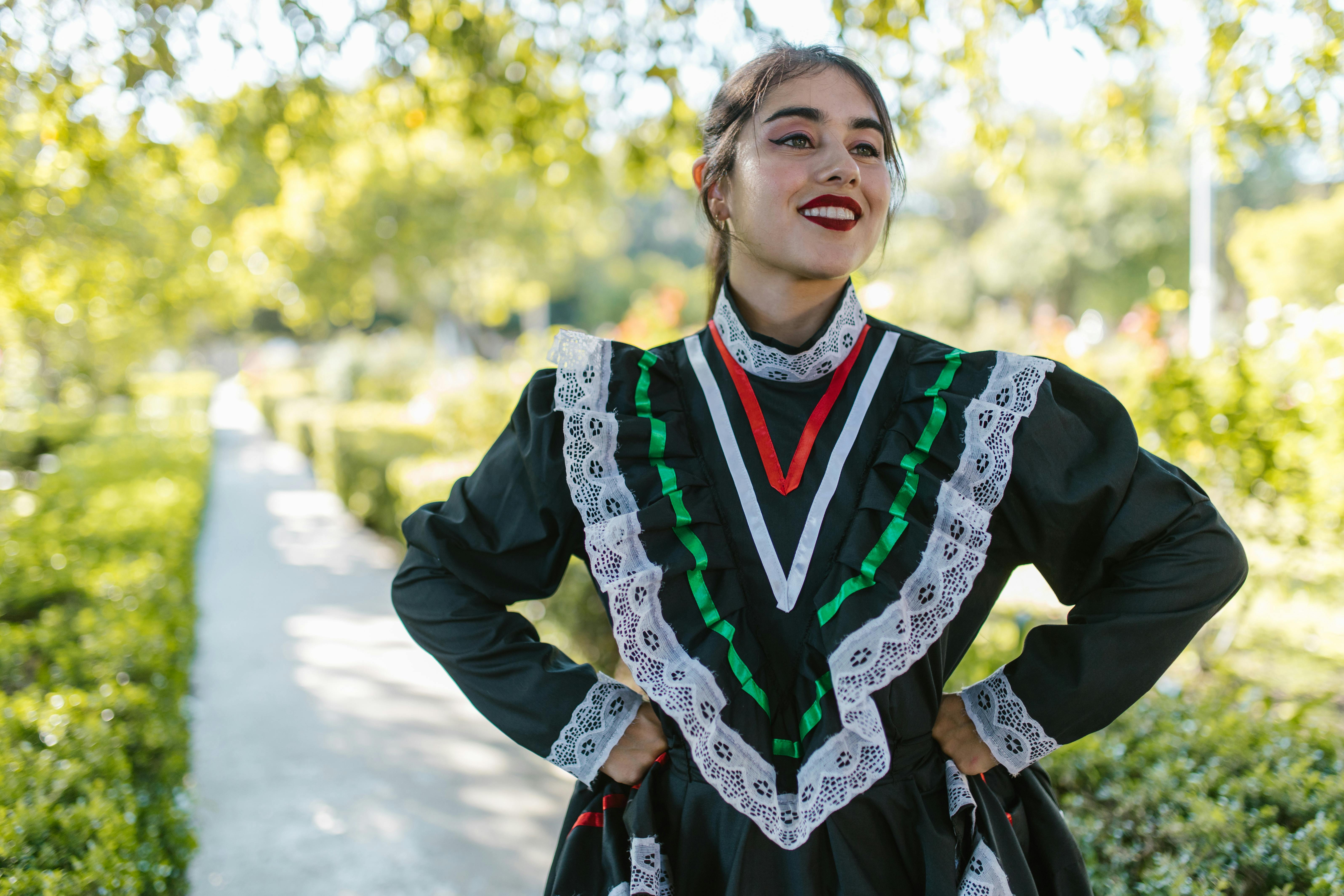
Manipuri dance hails from the northeastern state of Manipur and is rooted in the cultural traditions of the Meitei community. This dance form is marked by its graceful movements, soft and fluid gestures, and gentle footwork. It often features narrative themes related to devotion, nature, and the life of Lord Krishna.
Kathakali

Kathakali is a traditional dance-drama originating from Kerala, known for its elaborate costumes, vibrant makeup, and exaggerated facial expressions. This dance form acts as a performing art that combines drama, dance, and music to depict tales from Hindu epics, particularly the Ramayana and the Mahabharata.
Conclusion
The classical dance forms of India are not merely art forms but vital expressions of the country’s cultural heritage. They preserve ancient narratives and philosophies, offering insights into the lives, beliefs, and traditions of diverse communities. Through these dances, we celebrate the artistic endeavors that have thrived for centuries, ensuring that the rich tapestry of Indian culture continues to inspire generations to come. As we continue to explore and promote these classical forms, we also contribute to the preservation of our cultural identity in an ever-evolving world.
